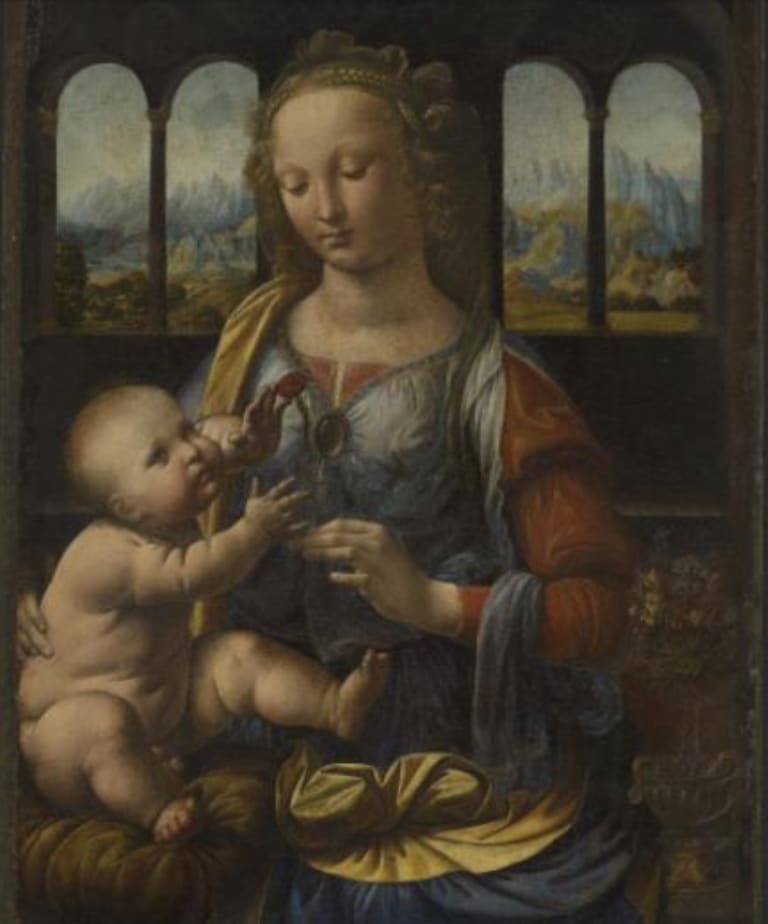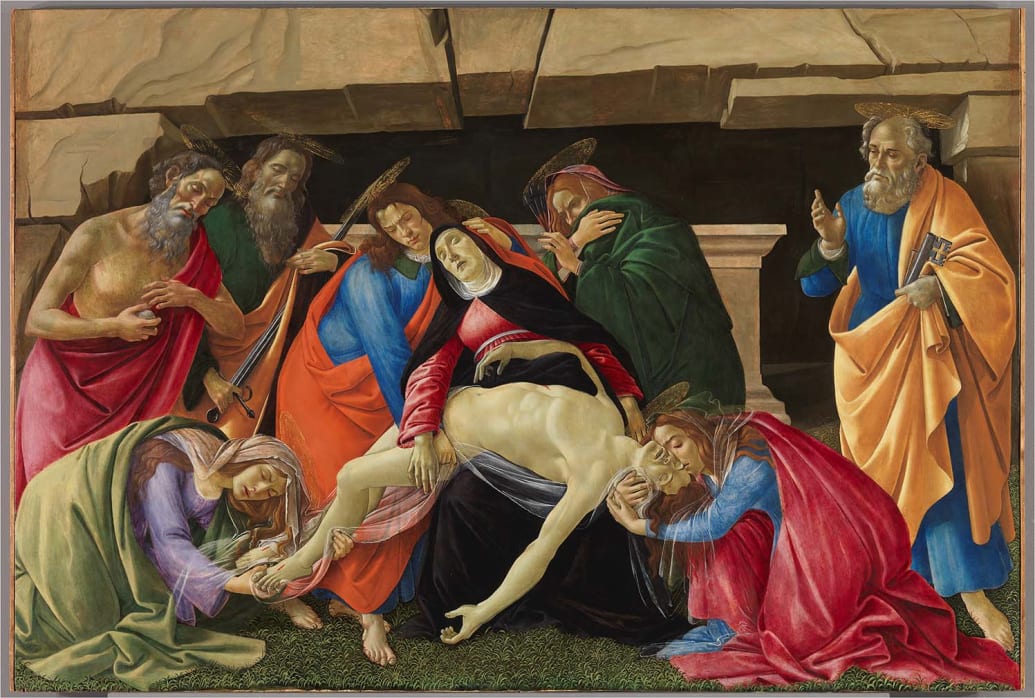Along with creating some of the most beautiful and famous works of art in Western history, the “Old Masters” such as Leonardo da Vinci, Caravaggio, and Sandro Botticelli also have another thing in common: they loved using eggs in their paintings.
More specifically, the artists would mix in egg yolks into their paints to create a medium called egg tempera. This technique dates back to ancient Egypt and can be found on many of the paintings from the Old Masters such as Boticelli’s “Birth of Venus.”
We know this because contemporary analysis of the compositions of their paintings reveal that there are added proteins to the works of art. While the reason why they used egg yolks has long eluded us, a new study published Tuesday in the journal Nature Communications might reveal why.
The study’s authors found the Old Masters might have added egg yolk to their paintings in order to better preserve them against humidity, surface wrinkling, and—ironically—yellowing of the painting. The proteins from the egg yolk helps prevent water uptake from humid areas, which are particularly prevalent in places like Italy where many of the Old Masters worked their craft.
“In past centuries, artists may not have been able to control the humidity taken up by their pigments,” the study’s authors wrote. They added that it was an improvement to adding more oil to their paintings, which could result in discoloration, crack formation, and even wrinkling.
“Adding some proteinaceous material during pigment preparation, resulting in a coating layer, might have solved the problem of unintentional formation of capillary suspensions, resulting in better, more stable paints with higher pigment content,” the paper stated.
Sandro Botticelli’s “The Lamentation of Christ” used egg tempera as a medium.
Bavarian State Painting Collections, Munich
To reach their findings, the study’s authors drew on analysis of Old Master paintings such as Boticelli’s “The Lamentations of Christ” and Da Vinci’s “Madonna of the Carnation” along with chemical and molecular data from lab-made egg tempera. They found that the egg proteins essentially created a thin protective layer around the paint, while adding texture to it. This helped prevent it from wrinkling, while antioxidants within the egg yolks stopped it from yellowing over time by slowing down reactions between the air and oil in the paints.
The findings provide fresh insights into the craft of some of the greatest artists who have ever lived. It just goes to show that while da Vinci and his contemporaries might be gone now, there’s still plenty that we can learn from their processes and artwork. As the old adage goes: You have to crack a few eggs if you want to make an omelet—and, apparently, a masterpiece work of art.

Example of wrinkling in Leonardo da Vinci’s “Madonna of the Carnation.” This piece shows wrinkling in the shadows of the flesh paint of Mary and the child.

